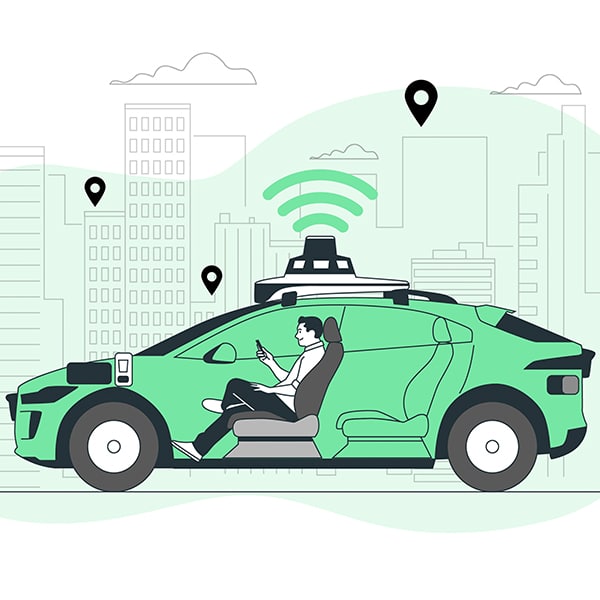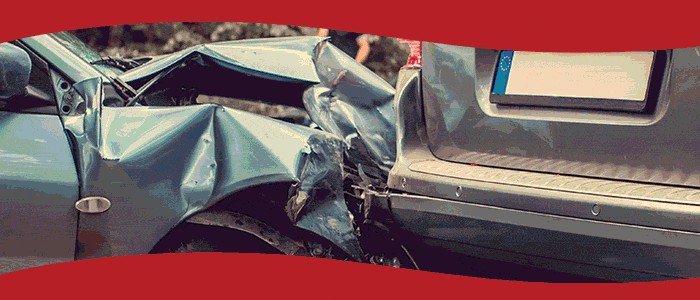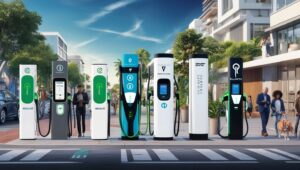This survey aims to gather insights on the public’s willingness to use driverless cars, also known as autonomous vehicles (AVs). The results will help us better understand consumer attitudes and potential barriers to the widespread adoption of driverless cars.
Where was Data Collected? This survey was conducted using surveymonkey.co.uk.
SURVEY FOR 1000 PARTICIPANTS – Questions Asked
Please answer the following questions based on your personal opinions and experiences. Your responses will remain anonymous.
- How familiar are you with the concept of driverless cars? a) Very familiar b) Somewhat familiar c) Not very familiar d) Not familiar at all
- Have you ever experienced a ride in a driverless car? a) Yes b) No
- Based on your current knowledge, would you consider using a driverless car for your daily commute? a) Definitely yes b) Probably yes c) Unsure d) Probably no e) Definitely no
- How confident are you in the safety of driverless cars? a) Very confident b) Somewhat confident c) Neutral d) Not very confident e) Not confident at all
- Would you feel more comfortable in a driverless car if there was a human operator present as a backup? a) Yes, definitely b) Yes, somewhat c) Unsure d) No, it wouldn’t make a difference e) No, I’d still feel uncomfortable
- What factors would influence your decision to use a driverless car? (Select all that apply) a) Cost b) Safety record c) Convenience d) Environmental impact e) Social acceptance f) Legal regulations g) Other (please specify)
- In your opinion, what are the main benefits of using driverless cars? (Select all that apply) a) Reduced traffic congestion b) Increased safety c) Greater accessibility for individuals with limited mobility d) Increased fuel efficiency and reduced emissions e) More leisure time for passengers f) Other (please specify)
- In your opinion, what are the main concerns or drawbacks of using driverless cars? (Select all that apply) a) Loss of control b) Potential for technical malfunctions c) Privacy concerns d) Job loss in the transportation sector e) Ethical dilemmas (e.g., decision-making in emergency situations) f) Other (please specify)
- Do you believe driverless cars will become the standard mode of transportation in the future? a) Yes, within the next 10 years b) Yes, within the next 20 years c) Yes, but not for several decades d) Unsure e) No, I don’t think they will ever become the standard
- Any additional comments or concerns regarding driverless cars?
Thank you for your participation in this survey. Your responses are valuable in helping us understand public perception and readiness for the integration of driverless cars into our daily lives.
DATA RESULTS
Below is the data from 1,000 participants:
- Familiarity with driverless cars: a) Very familiar – 250 b) Somewhat familiar – 450 c) Not very familiar – 200 d) Not familiar at all – 100
- Experience in a driverless car: a) Yes – 150 b) No – 850
- Willingness to use driverless cars for daily commute: a) Definitely yes – 200 b) Probably yes – 300 c) Unsure – 250 d) Probably no – 150 e) Definitely no – 100
- Confidence in the safety of driverless cars: a) Very confident – 100 b) Somewhat confident – 300 c) Neutral – 200 d) Not very confident – 250 e) Not confident at all – 150
- Comfort with human backup operator: a) Yes, definitely – 350 b) Yes, somewhat – 250 c) Unsure – 150 d) No, it wouldn’t make a difference – 150 e) No, I’d still feel uncomfortable – 100
- Factors influencing the decision to use driverless cars: a) Cost – 650 b) Safety record – 700 c) Convenience – 550 d) Environmental impact – 400 e) Social acceptance – 200 f) Legal regulations – 300 g) Other – 50
- Main benefits of using driverless cars: a) Reduced traffic congestion – 600 b) Increased safety – 700 c) Greater accessibility – 350 d) Increased fuel efficiency and reduced emissions – 500 e) More leisure time for passengers – 450 f) Other – 50
- Main concerns or drawbacks of using driverless cars: a) Loss of control – 600 b) Potential for technical malfunctions – 700 c) Privacy concerns – 400 d) Job loss in the transportation sector – 300 e) Ethical dilemmas – 350 f) Other – 100
- Belief in driverless cars becoming the standard mode of transportation: a) Yes, within the next 10 years – 100 b) Yes, within the next 20 years – 300 c) Yes, but not for several decades – 350 d) Unsure – 200 e) No, I don’t think they will ever become the standard – 50
SUMMARY OF RESULTS:
The results of this survey on the public’s willingness to use driverless cars reveal a mixed perception. While some participants are open to embracing the technology, there is a notable degree of uncertainty and concern surrounding its safety and potential drawbacks. The data highlights the need for addressing these concerns and providing further education on the benefits and safety features of driverless cars to foster greater public acceptance.
Key Findings:
- Familiarity and experience: The majority of participants are at least somewhat familiar with driverless cars (70%), but only 15% have actually experienced a ride in one. This indicates that firsthand experience with the technology is still relatively limited.
- Willingness to use driverless cars: Half of the participants (50%) express a willingness to use driverless cars for their daily commute, while 25% are unsure, and 25% are unlikely to do so. This suggests that a significant portion of the public may be open to using autonomous vehicles if their concerns are addressed.
- Safety concerns: Confidence in the safety of driverless cars is varied, with only 40% of respondents expressing some level of confidence, 20% being neutral, and 40% having low confidence or no confidence at all. This highlights a critical area for improvement and education.
- Human backup operators: The presence of a human backup operator seems to be an important factor in increasing comfort levels, as 60% of participants would feel more comfortable with a human operator present.
- Factors influencing the decision to use driverless cars: Safety records (70%) and cost (65%) emerge as the most critical factors in participants’ decision-making, followed by convenience (55%). Addressing these areas could be crucial in promoting adoption.
- Perceived benefits: Increased safety (70%) and reduced traffic congestion (60%) are the most commonly cited benefits of using driverless cars. These advantages could be emphasized to encourage public support for the technology.
- Concerns and drawbacks: Potential technical malfunctions (70%) and loss of control (60%) are the primary concerns among participants. Addressing these concerns through technological advancements, regulation, and education may be necessary to gain public trust.
- Future outlook: The majority of participants (75%) believe that driverless cars will eventually become the standard mode of transportation, although opinions on the timeline vary. This indicates that, despite the concerns, there is a general belief in the potential of autonomous vehicles.
Conclusion: The survey results emphasise the importance of addressing safety concerns and educating the public about the benefits of driverless cars to promote adoption. Increasing first-hand experience with the technology, ensuring rigorous safety standards, and providing transparent information on the technology’s capabilities could be crucial in building public trust and acceptance.















